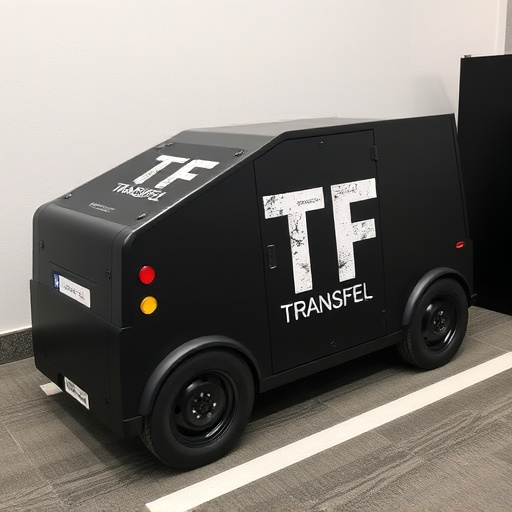Vehicle-specific cold air intakes (CAIs) offer superior performance gains over universal alternatives due to tailored fitment, optimizing airflow based on each vehicle's unique engine bay and intake system. Precise installation processes ensure seamless integration, improved acceleration, fuel economy, and reduced emissions by providing cool, dense air for enhanced combustion. Choosing vehicle-specific CADI systems facilitates easier installation, compatibility, and reliable performance from high-quality engineering.
Vehicle-specific Cold Air Intake (CADI) systems are transforming the way car enthusiasts enhance their vehicles’ performance and efficiency. This article delves into the intricate world of perfect-match intake systems, exploring how understanding vehicle-specific CADIs can unlock hidden potential. From the art of seamless fitment to the compelling benefits, we guide you through the process, highlighting why these custom solutions are a game-changer for optimal driving dynamics.
- Understanding Vehicle-Specific Cold Air Intakes: Unlocking Performance and Efficiency
- The Fitment Process: Ensuring a Seamless Integration for Optimal Results
- Benefits and Considerations: Why Choose Vehicle-Specific CADI Systems?
Understanding Vehicle-Specific Cold Air Intakes: Unlocking Performance and Efficiency

Vehicle-specific cold air intakes (CAIs) are designed to enhance both performance and efficiency by providing a direct, cool air supply to an engine. Unlike universal CAIs that may not fit perfectly or optimize airflow for every vehicle, these custom-tailored components are engineered for precise fitment, ensuring optimal air flow paths. This tailored approach leverages the unique characteristics of each vehicle’s engine bay and air intake system, allowing for better air-fuel mixture, increased horsepower, and improved torque delivery.
By replacing the stock air filter and housing with a high-flow, vehicle-specific CAI, drivers can expect noticeable improvements in acceleration, fuel economy, and overall driving experience. The cold air intake draws in cooler air from outside the engine compartment, which is crucial for maximizing the density of the air entering the engine. This results in enhanced combustion, leading to more power and better fuel efficiency. Moreover, the efficient airflow promotes smoother engine operation, reducing turbulence and minimizing backpressure, ultimately contributing to a cleaner burn and reduced emissions.
The Fitment Process: Ensuring a Seamless Integration for Optimal Results

The fitment process plays a pivotal role in the successful implementation of a vehicle-specific cold air intake (CAI). It involves meticulous planning and execution to ensure seamless integration with the existing engine components, resulting in optimal performance gains. This critical step requires careful consideration of various factors, such as precise measurements, compatibility with the vehicle’s architecture, and ensuring no interference with other parts or systems.
A well-executed fitment means the CAI is securely fastened, providing an efficient direct path for cool, filtered air to reach the engine. This straightforward installation allows for maximum airflow, enhancing engine performance and potentially increasing horsepower. The seamless integration also guarantees that the system operates without causing any vibrations, noise, or potential damage to other components, ensuring a quiet, smooth driving experience.
Benefits and Considerations: Why Choose Vehicle-Specific CADI Systems?

Vehicle-specific cold air intake (CADI) systems offer a range of benefits for car enthusiasts seeking improved performance and an enhanced driving experience. One of the key advantages is their precise fitment, ensuring that the CADI seamlessly integrates with your vehicle’s existing architecture. This tailored approach not only guarantees optimal airflow but also streamlines the overall system, resulting in better engine efficiency and potentially increased horsepower.
When choosing a vehicle-specific CADI system, several considerations come into play. It ensures compatibility with your car model and year, aligning with the manufacturer’s design to avoid any potential clearance issues or modifications required with universal fitment options. This level of customization also translates into easier installation, reducing the risk of complications and ensuring that every component functions at its best. Additionally, these systems often come with high-quality materials and advanced engineering, providing long-lasting performance and reliability.
Vehicle-specific cold air intakes (CADI) offer a tailored solution for automotive enthusiasts seeking enhanced performance and fuel efficiency. By focusing on precise fitment, these systems seamlessly integrate with existing vehicle architectures, ensuring optimal airflow and power delivery. Investing in a well-fitted CADI not only improves engine performance but also contributes to a more sustainable driving experience, making it a smart choice for those who demand the best from their vehicles.














